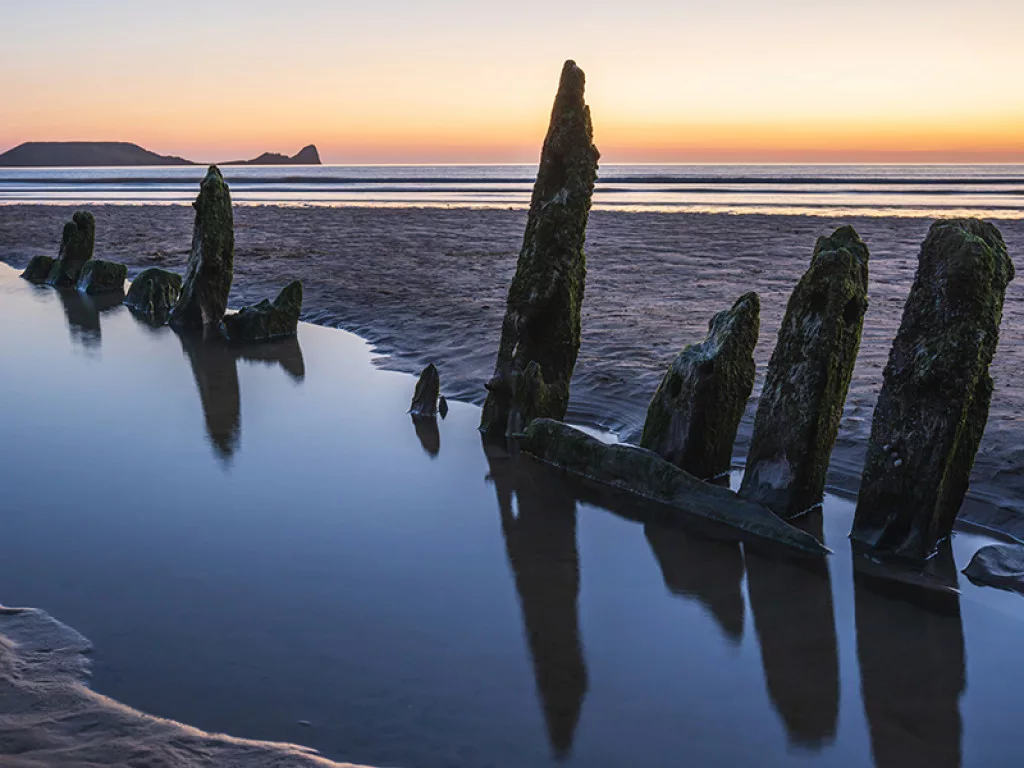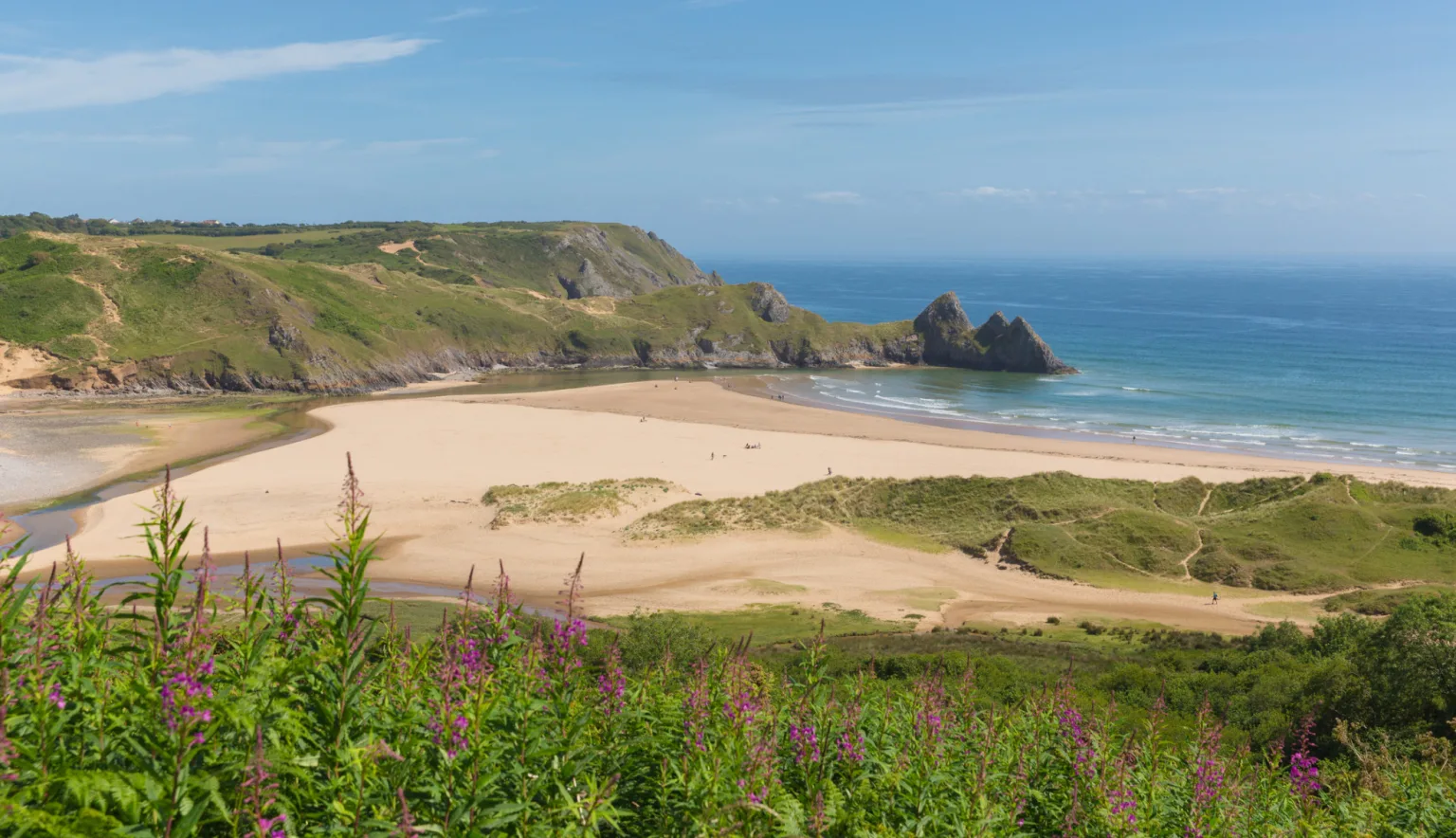World-renowned beaches, coastal adventures and romantic ruins beckon with a UK staycation on the Gower Peninsula.
A GUIDE TO THE GOWER PENINSULA
Jutting into the Bristol Channel in the southwest corner of Wales and just a stone’s throw from the Welsh industrial heartland of Swansea, sits the Gower Peninsula. Often overlooked for neighbouring Carmarthenshire and Pembrokeshire – the most popular tourist destination in Wales – the Gower is an equally captivating alternative with a rich offering for holidaymakers in the British Isles.
Most recently, the Gower topped the list of destinations for a socially distanced staycation in the UK, receiving the highest score in a ‘Safecation Report’ conducted by ‘Money’, thanks to the area’s relatively low visitor numbers, recorded at 149,089 visitors per year.
‘Gateway to the Gower’, the 19 miles of the peninsula officially begins in the village of Mumbles, home to the family friendly beaches of Swansea Bay. Although small, the Gower’s size belies the wealth of activities and sights on offer.
DID YOU KNOW?
The Gower was the first place in the UK to be officially named an Area of Outstanding Natural Beauty (AONB) in 1956.
In Welsh, the Gower is called Penrhyn Gŵyr.
Often mistaken as part of neighbouring Pembrokeshire, the Gower is located in the most westerly part of the county of Glamorgan.
The Gower Peninsula measures just 16 miles by seven miles wide.
Over the years, the area has developed its own unique dialect.
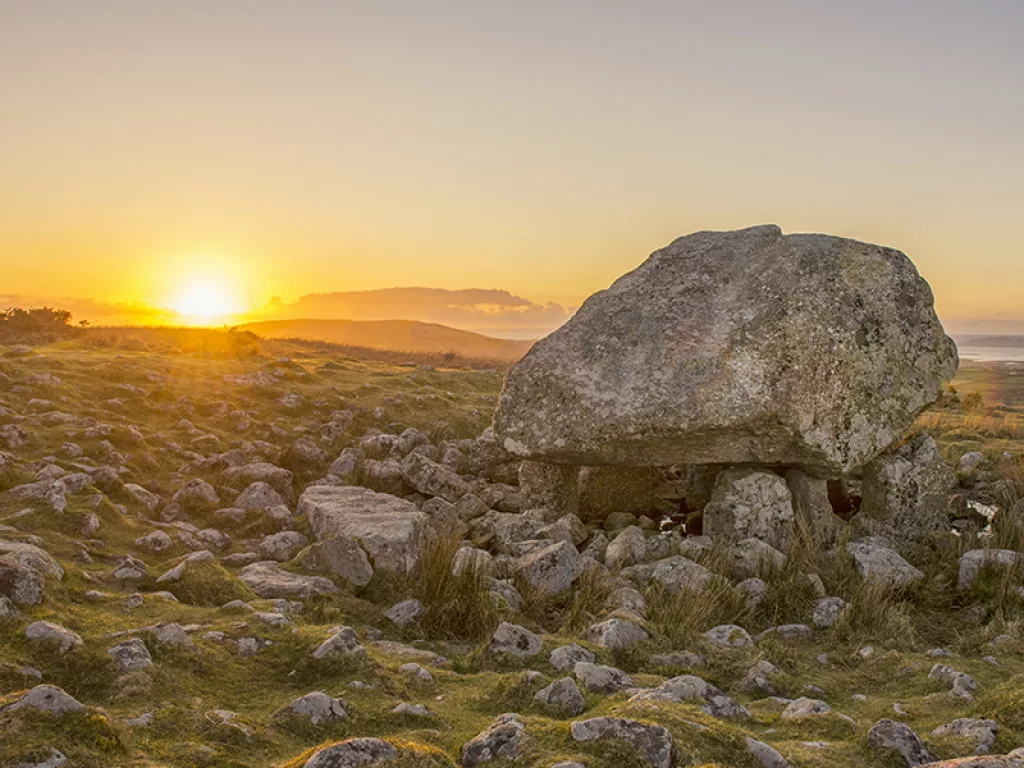
A geological delight, the Gower’s diverse landscapes comprise dramatic limestone cliffs and a rugged coastline littered with shipwrecks and legends of smugglers, particularly in the south. Miles of wild open headland, estuaries, woodland and saltmarshes lure thousands of walkers and outdoor enthusiasts every year. To the North, the Loughour river forms the natural border to separate Carmarthenshire and Swansea, surrounded by salt marshes and the sprawling estuary where Penclawdd cockles are a local delicacy. Ramblers are spoilt with some of the most scenic stretches of the Wales Coastal Path, and a plethora of other well-established walking routes crisscrossing the entire AONB.
With undeniable coastal charisma, surfers will be lured by the reputable waves of Llangenith and Langland Bay. Elsewhere, a wealth of unspoilt beaches are waiting to be explored – whether a world-famous favourite like Rhossili Bay, or a secluded pebbly gem like Pwll Du. The rugged shorelines hide pockets of coves and mysterious caves such as the ‘Goat’s Hole’ nearby Rhossili, where the Paleolithic remains of the ‘Red Lady’ were once unearthed along with some of the oldest cave art to be discovered in Great Britain.
Historic ruins are dotted throughout the peninsula, with six castles once having been strongholds in the area, including Landimore and the crumbling ruins at Oxwich. Marvel at Iron Age forts and Bronze Age menhirs, or standing stones, dotted about the grasslands, just some of the many potent visual reminders of the Gower’s ancient history.
Wildlife abounds, from the coastal waters that are home to porpoises, grey seals and gliding dolphins, to the Guillemots and Razorbills wheeling overhead that make the area a major draw for twitchers. On land, grazing ponies are never too far away.
A good supply of country pubs inland are the perfect fuel after a long walk where you may be tempted to sample local specialities including succulent saltmarsh lamb and the distinctly Welsh phenomenon of Laverbread, made from local seaweed.
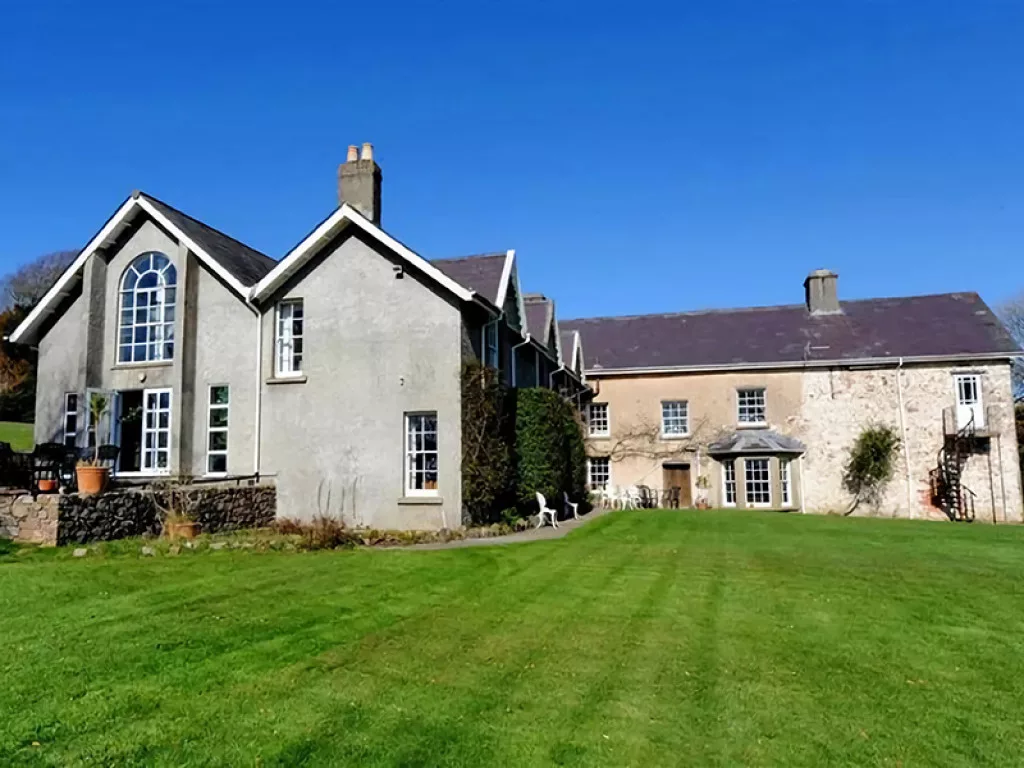
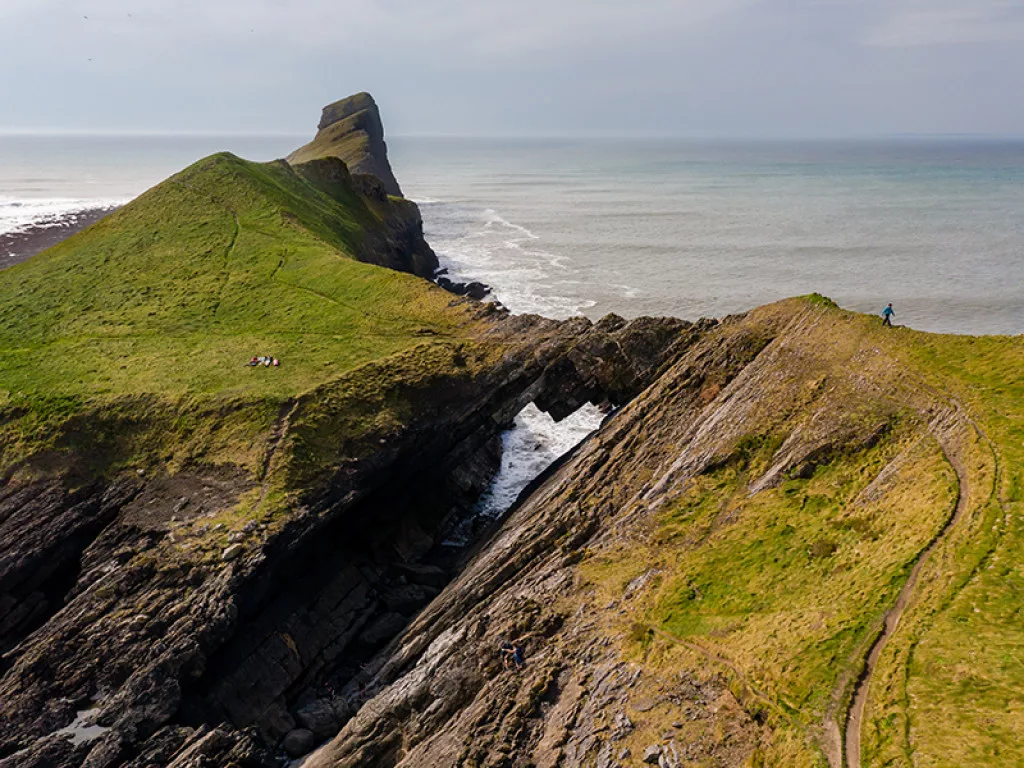
THREE CLIFFS BAY
A haven of unparalleled natural beauty, the glorious 12th century stone ruins of Pennard Castle and the three jagged peaks that earnt the bay its name overlook this expanse of beach. Reached via a pleasant, (although long) walk, this is Gower’s quieter answer to Rhossili.
MAEN CETI / ARTHUR’S STONE
Located near Cefn Bryn, this unique balancing boulder formation was discovered to be a Neolithic stone burial chamber. The legend claims that King Arthur, pestered by a rock in his shoe, removed the offending pebble and tossed it away so forcefully that the rock landed in Carmarthenshire and continued to grow, having been touched by the King.
WORM’S HEAD & RHOSSILI BAY
The tidal island of Worm’s Head earnt its name from the Vikings that once visited these shores and likened the rocky promontory to a serpent rising out of the sea. Be sure to check the tides before crossing the causeway by foot, since Worm’s Head is only reachable for a two-hour window either side of low tide. As a young boy, legendary Welsh poet Dylan Thomas was once stuck here until midnight.
Meanwhile, the three-mile golden stretch of Rhossili is a regular feature in round ups of the world’s best beaches. The highest point in the Gower, Rhossili Down (193 metres) overlooks the open bay and is a good viewpoint for soaring paragliders. Whilst here, visit the half-sunken remains of the Norwegian shipwreck Helvetia, jutting out of the sand like a ribcage.
